There can be your advertisement
300x150
Repair in Practice: How to Choose the Right Tile?
Fortunately, there's no need to buy the standard colorful square tiles 'just like everyone else'. Today's tiles come in every style and taste.
Before choosing a specific type or pattern, decide on the room and purpose for the tiling. Also consider the interior style—luxurious 'tile carpets' may not fit naturally in a high-tech room.

1. Phototile
Standard 'factory-made' patterns on tiles are no longer a mandatory design element. Today’s design thinking has advanced—just enough to let consumers not only choose a pattern, but also create one. Phototile, also known as photopanels, is a regular ceramic tile with a printed image. This can be a pre-designed artwork, a painting, a photograph, or a custom sketch from the client.
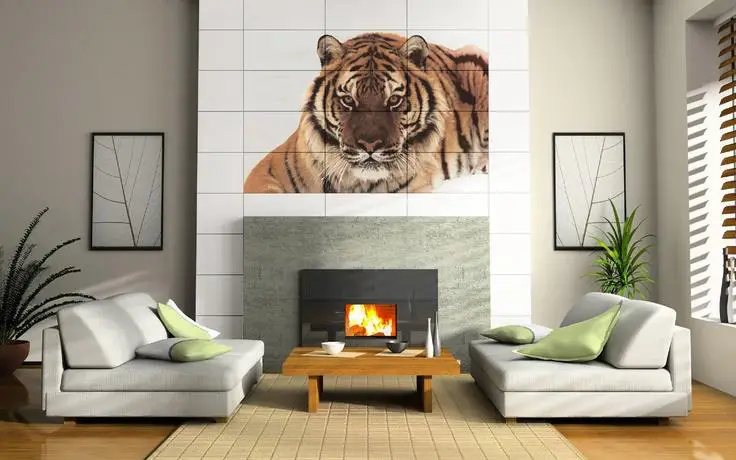
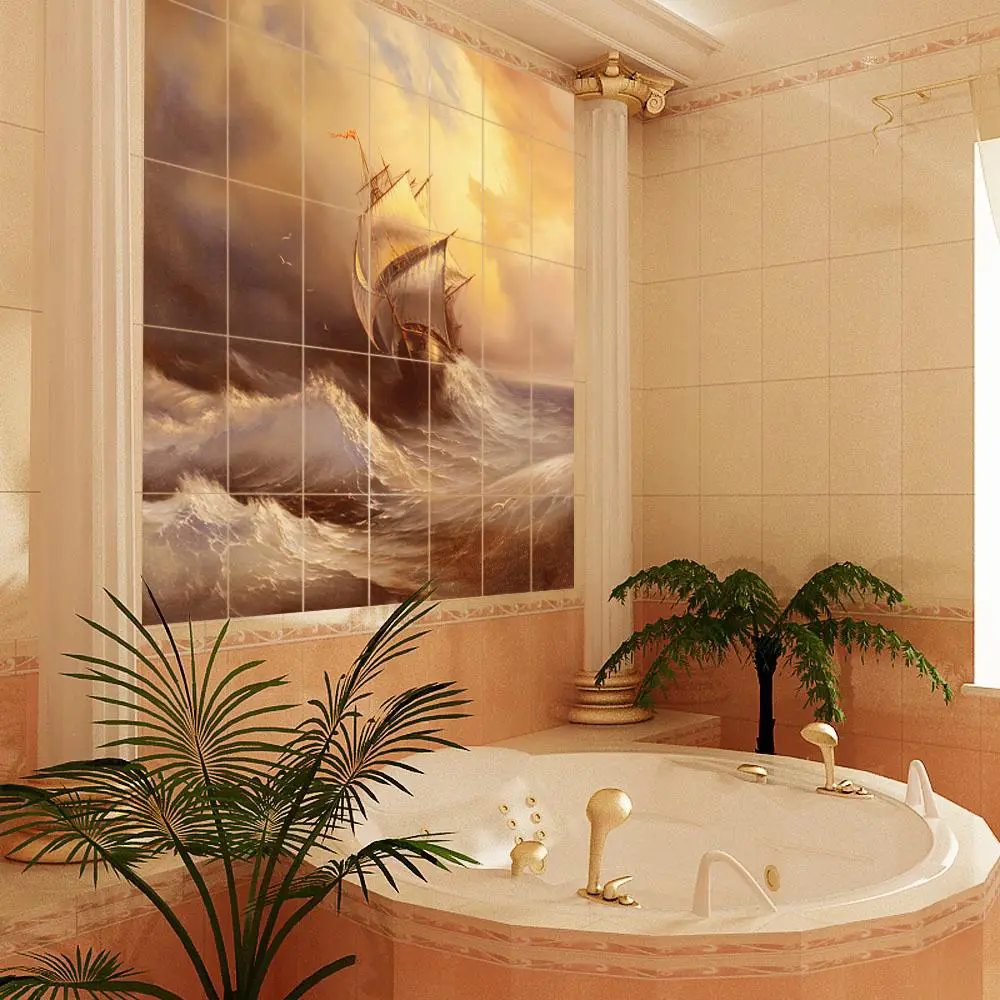
Applications
You don’t have to worry about the image fading or deteriorating due to moisture, cleaning agents, sunlight, or other factors. Moreover, exclusive phototiles can be used not only in bathrooms but also in kitchens—such as above a table, sink, or stove.
You can also designate an entire wall for decoration. Indeed, such photopanels, despite being just tiles, are suitable for living rooms, hallways, or entryways—effectively used as small decorative artworks.
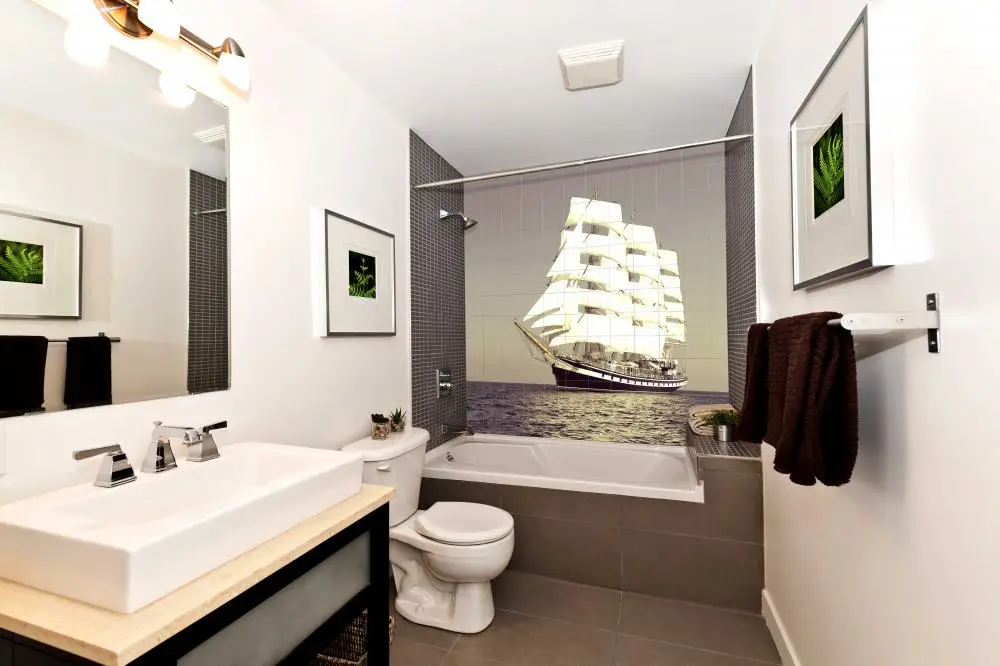
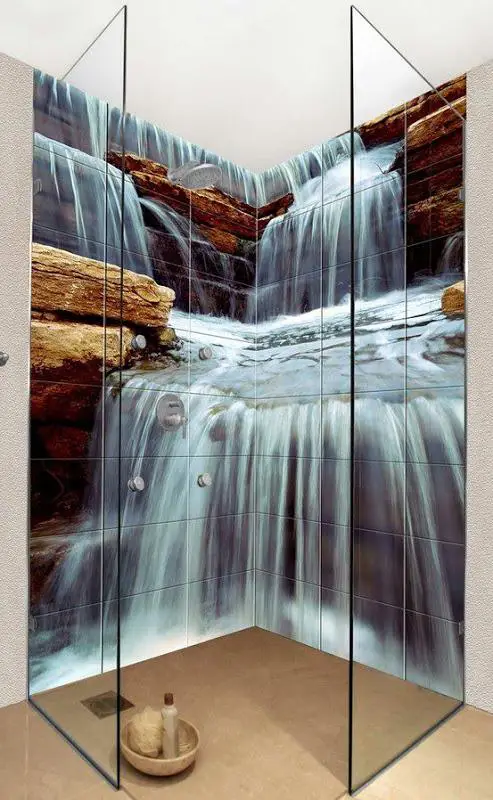
Installation Features
Installation is nearly identical to standard tiling, with one key difference: manufacturers typically label each tile on the back to avoid puzzle-like assembly. Additionally, phototiles are laid without joints, and the gaps are filled with colorless silicone.
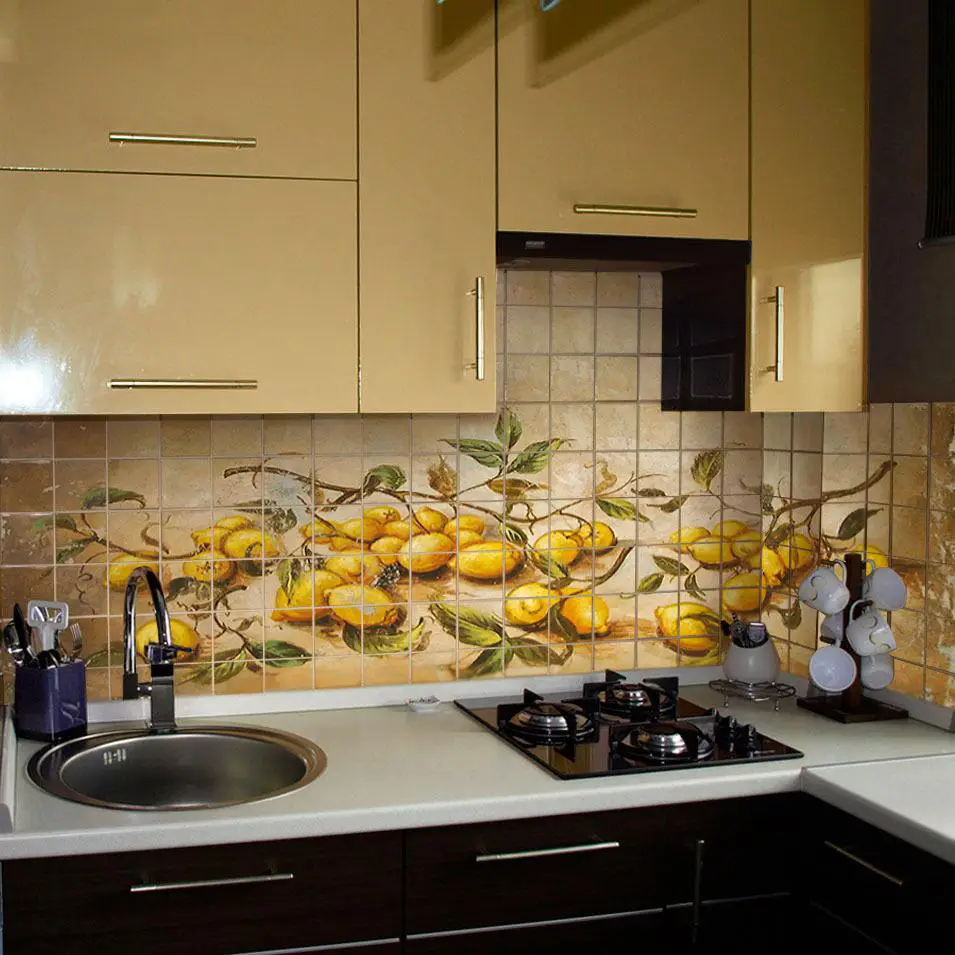
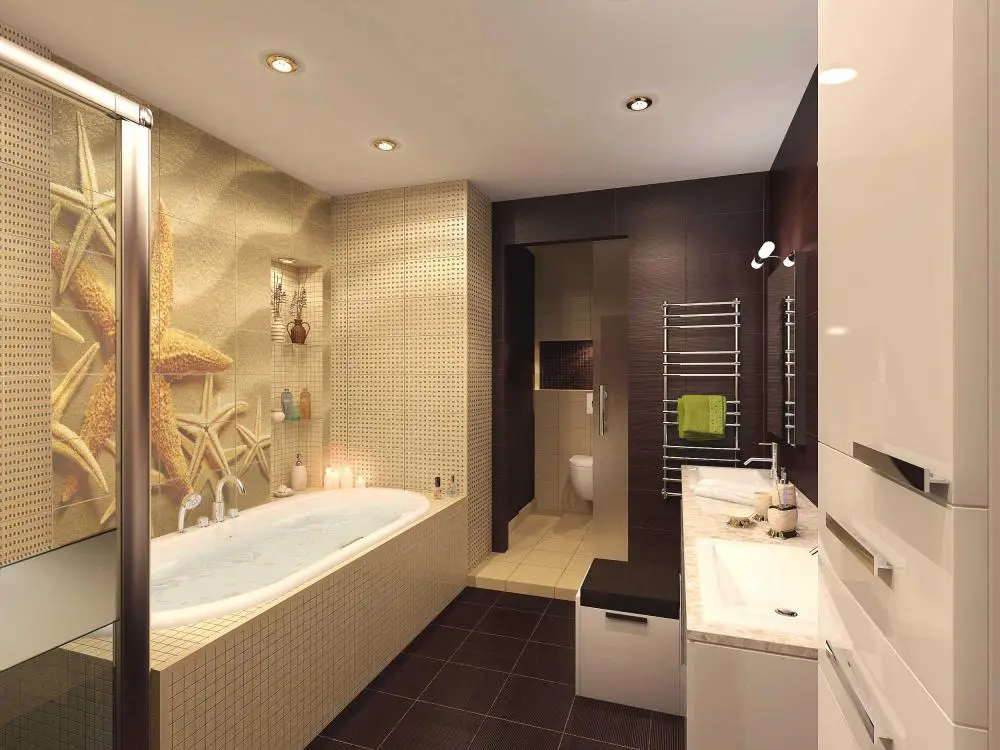
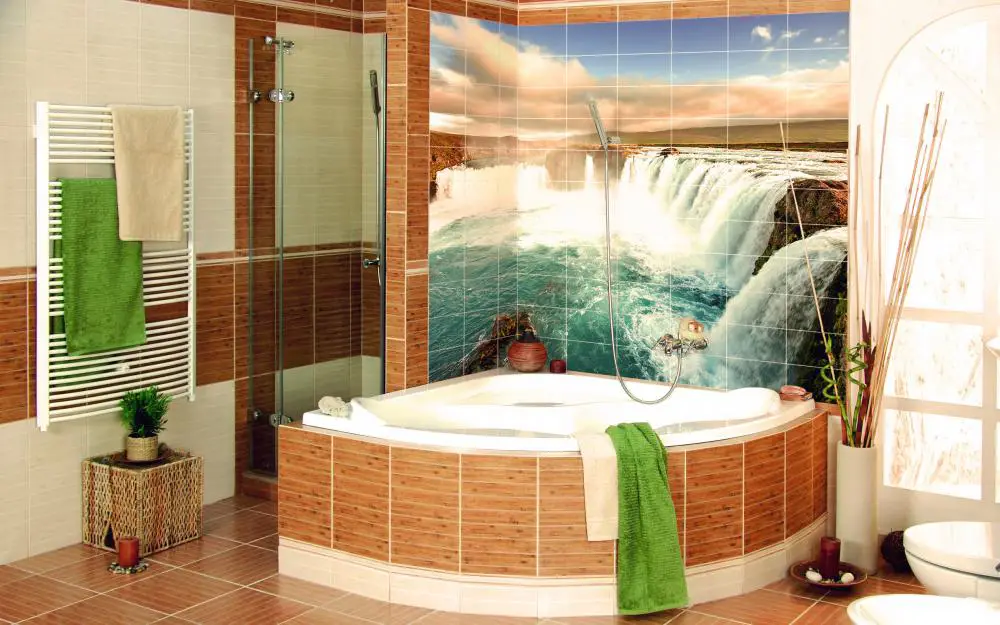
2. Cement Tile
Cement tiles were first produced in medieval times in Morocco, which explains why they are often made in that traditional style. The production process has remained unchanged to this day. Despite this, the range of colors is vast, and they fit perfectly into many interior styles—most commonly Mediterranean or Moorish.
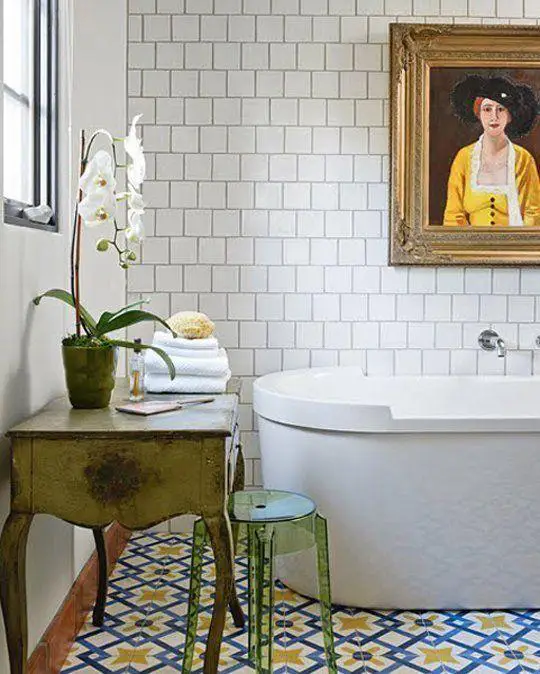
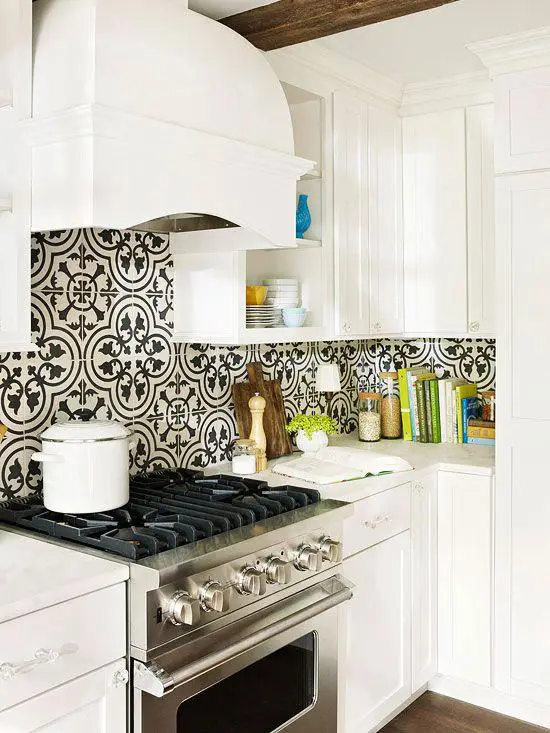

Applications
These tiles are used for both wall and floor decoration in almost any room—hallways, living rooms, even bedrooms, not to mention standard areas like bathrooms and kitchens. Cement tiles can create a carpet-like effect or form elaborate, eye-catching masterpieces on the floor, combining luxury with simplicity and practicality.


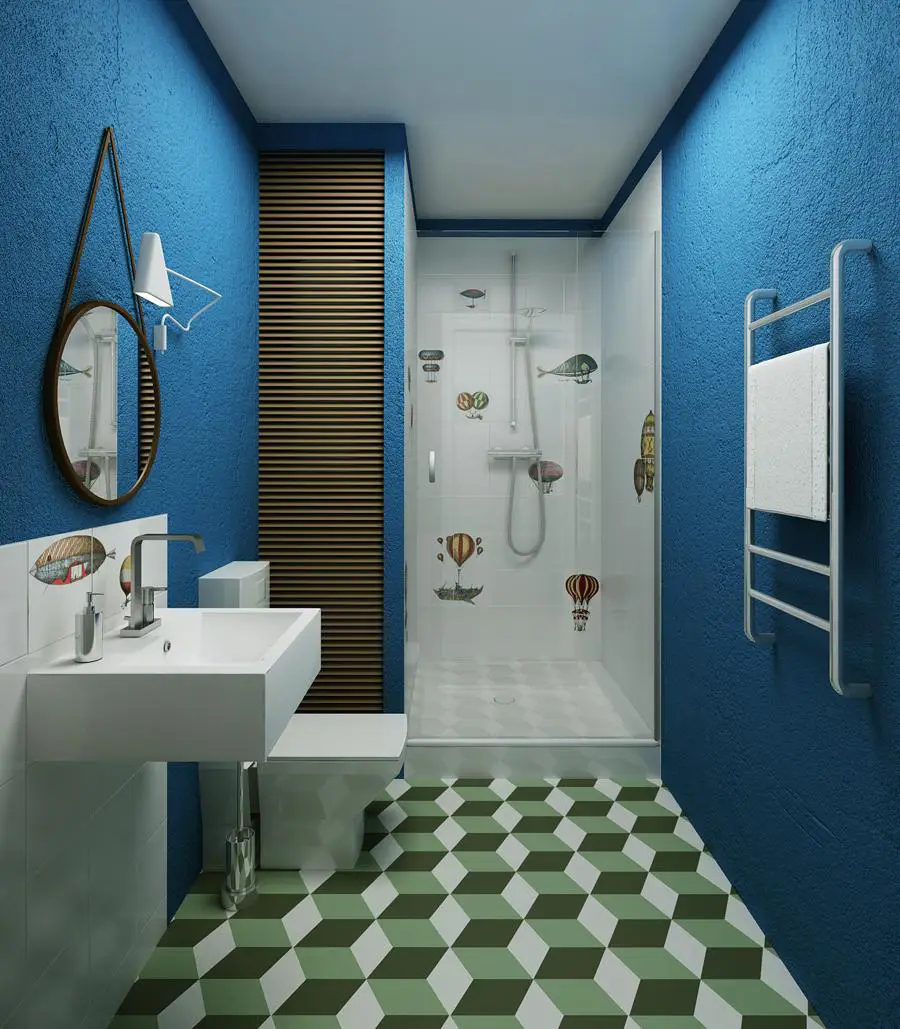
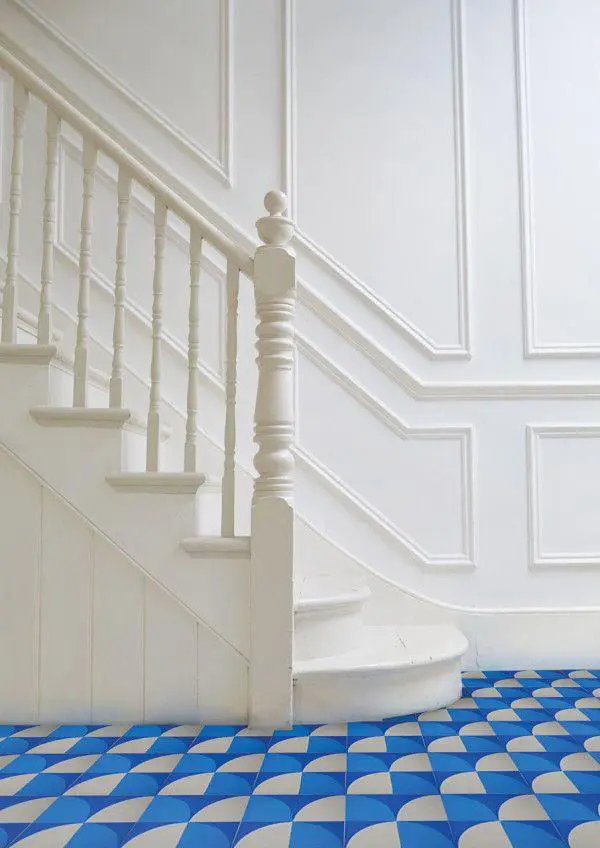
Installation Features
Cement tiles retain their original appearance for a long time, require minimal maintenance, but are not resistant to strong impacts—like any other tile. Therefore, avoid striking them with a hammer during leveling; instead, adjust them by hand.
For the same reason, avoid dropping heavy objects on the tiles—they may crack. Experts also recommend against using colored grout, as it may leave marks even after washing. After installation and grouting, it’s advisable to clean cement tiles with a special protective solution.
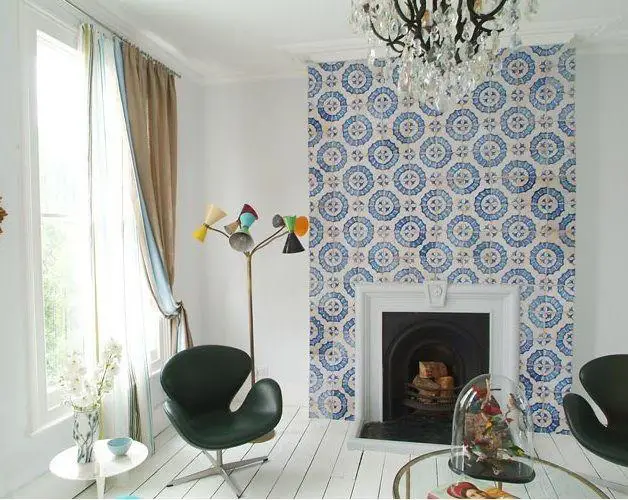



3. Metzger Tile
Metzger tiles have a century-long history of use, and their name comes from the German town of Metzger, where tile production began in medieval times.
They are made from clay coated with a layer of colored glaze. Despite their delicate appearance, they possess excellent durability: resistant to temperature and humidity fluctuations, mechanical stress, and pressure.


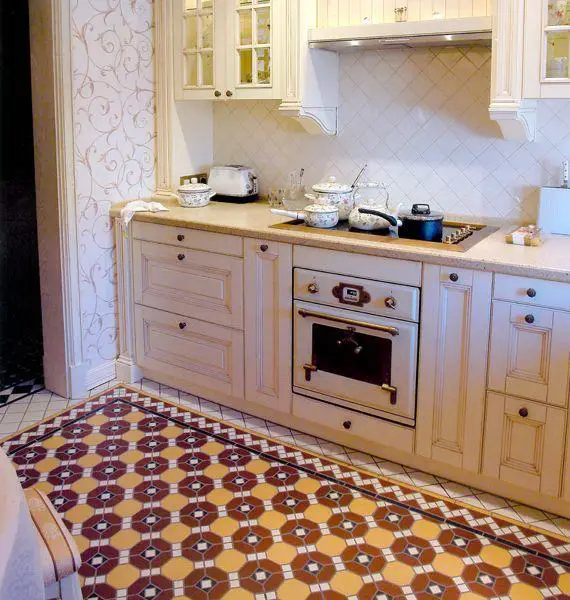
Applications
Metzger tiles are used for both wall and floor decoration, not only indoors but also outdoors—terraces, verandas, and entrance areas can be beautifully enhanced with these tiles. Like cement tiles, Metzger tiles come in a wide variety of patterns and designs, making it possible to create complex, style-specific compositions.
The variety of shapes also helps: tiles are not limited to standard rectangles—they can be triangular, hexagonal, or octagonal. In fact, during the Victorian era, these tiles were used to decorate buildings of all kinds—from factories to palaces.
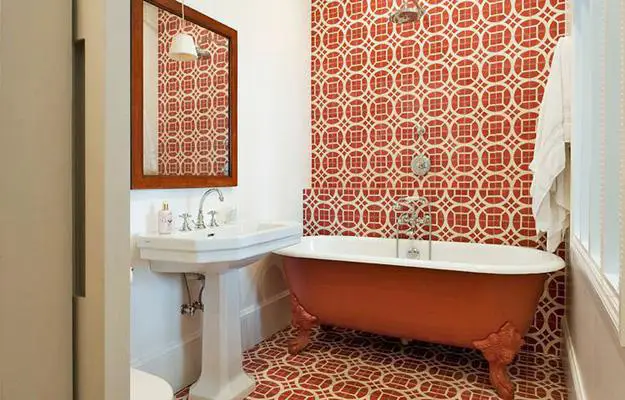


Installation Features
Metzger tiles differ from the above in two ways: first, different-sized tiles can be used within one design. Start by laying the large tiles, then fill in with smaller ones. Be sure to keep all surfaces level, as tile thickness may vary. Second, grout is chosen in colors matching the pattern and design.

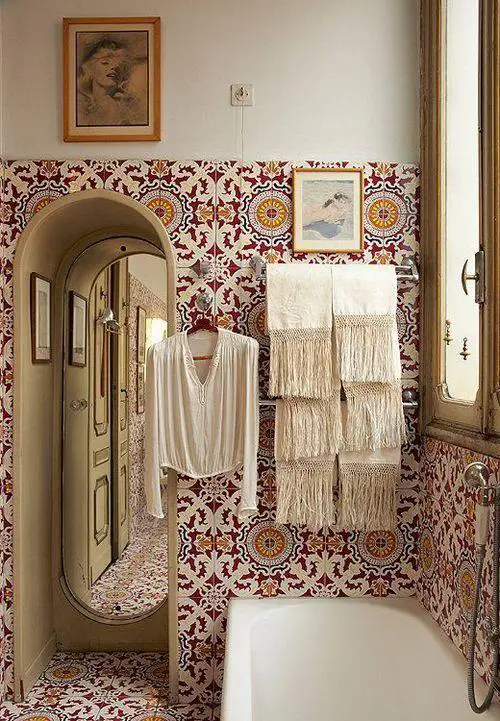
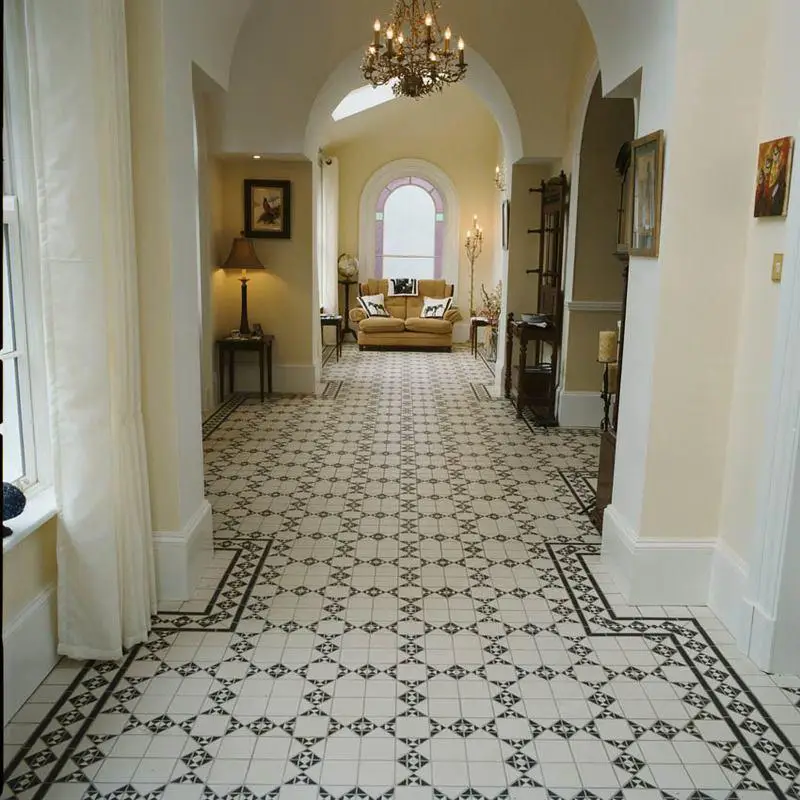
More articles:
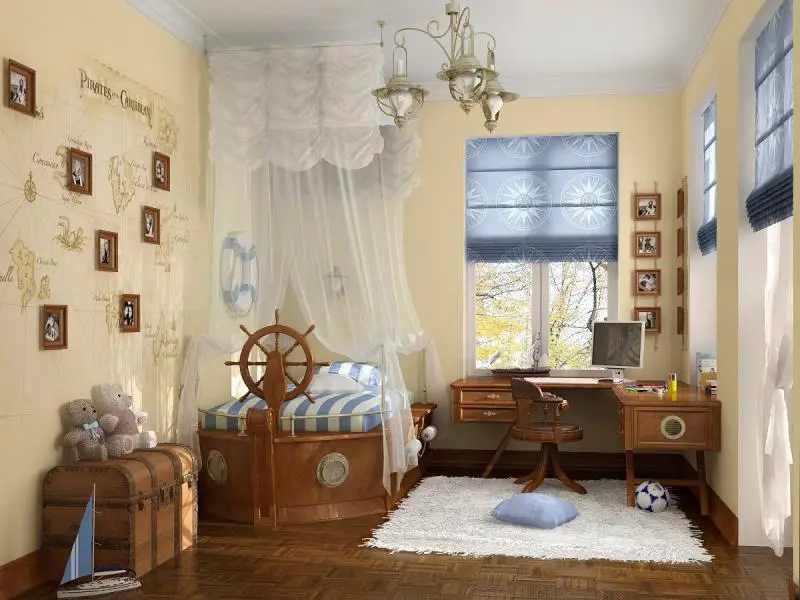 Childroom Decoration: Colors, Furniture, Zoning, Materials
Childroom Decoration: Colors, Furniture, Zoning, Materials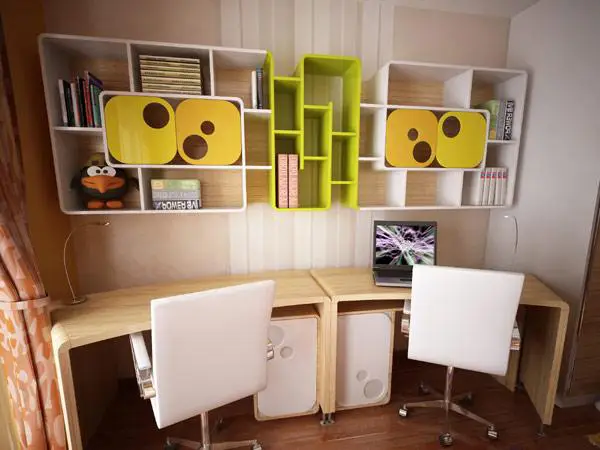 Unusual Children's Rooms
Unusual Children's Rooms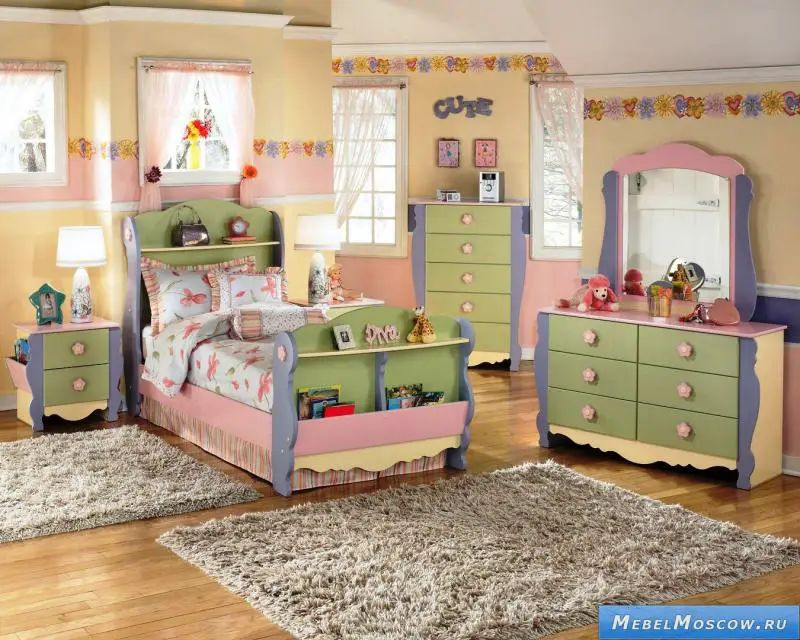 Bedroom for Children... and More
Bedroom for Children... and More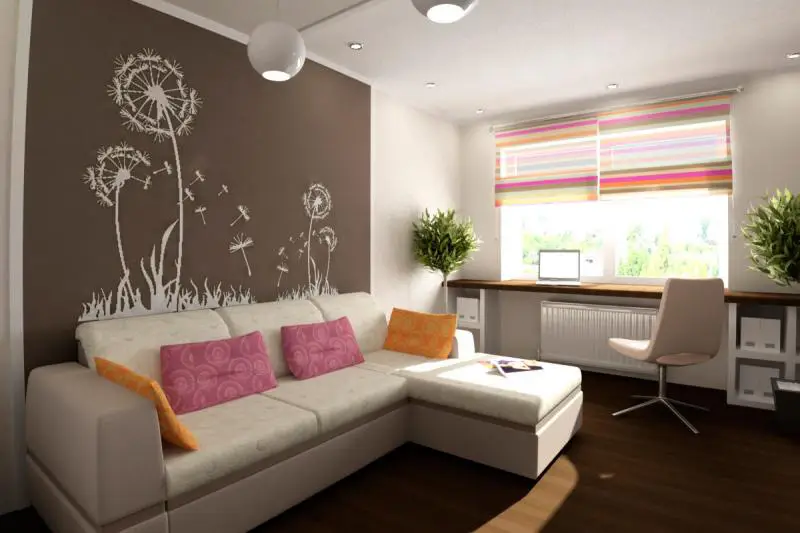 Design of Living Room in One-Room Apartment. Features of Interior
Design of Living Room in One-Room Apartment. Features of Interior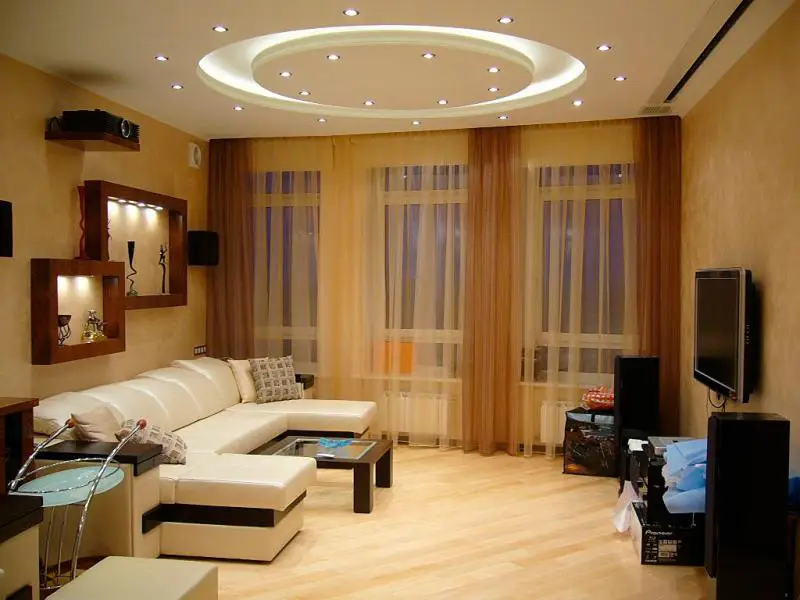 Living Room Design. Details of Interior Decoration
Living Room Design. Details of Interior Decoration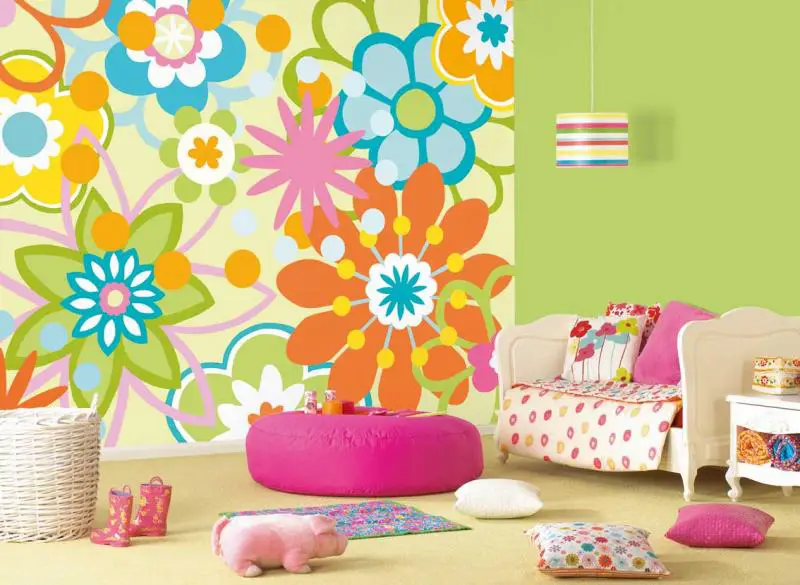 Types of Children's Rooms
Types of Children's Rooms Living Room-Children's Room Design. Be Careful, Toys and Construction Sets Are on the Floor
Living Room-Children's Room Design. Be Careful, Toys and Construction Sets Are on the Floor Living Room Design. Minimalism, Order and the Essentials
Living Room Design. Minimalism, Order and the Essentials